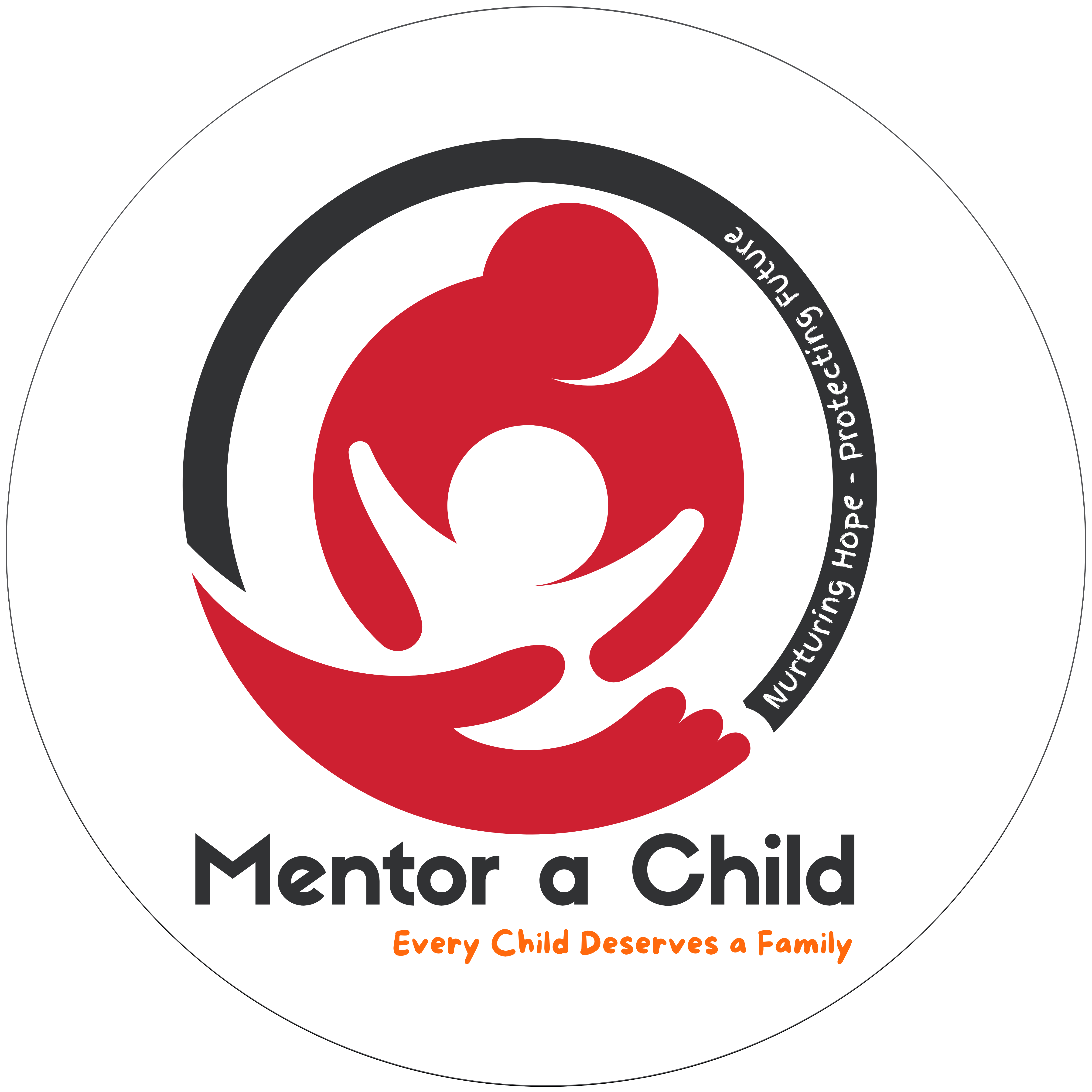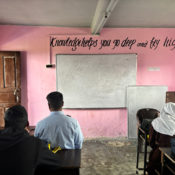
A Thread of Hope
How community support changed the future for a Kashmiri family
Towering mountains above, 16-year-old Shabir Ahmad’s (Name Chnaged) is a story in the shadow of Kashmir, speaking to the potency of community-based support systems. At three years of age, when Shabir was left fatherless, his family teetered between despair and survival in a small village of Baramulla district.
The day my father passed away, it felt like our world collapsed,” shares Shabir, his eyes reflecting both loss and resilience. As the sole breadwinner for the family, his father’s death cast a long shadow over their future. His mother, a non-local to the region, struggled to navigate their new reality while battling deteriorating health.
For years, the family of four – Shabir, his mother, and two sisters – survived on the benevolence of relatives and occasional community charity. There was a glimpse of hope in the form of his elder sister’s sewing work, but even that meager income stream dried up after her marriage, pushing the family to the very edge of destitution.
It was at this crucial moment that the Human Welfare Voluntary Organization, which was working on a UNICEF-assisted project, intervened. Their involvement would make all the difference, spinning various support threads into a safety net that would catch this falling family.
“What makes Shabir’s case remarkable is the holistic approach we adopted,” explains a representative from HWVO. “We didn’t just address one aspect of their struggle – we looked at the entire picture.” Through the Community Based Child Protection Group, they orchestrated a symphony of support: monthly financial assistance of Rs 1500, housing support through the Pradhan Mantri Awas Yojana for additional rooms, and an educational scholarship of Rs 36,000 under Mission Vatsalya.
The impact was deep. With a stable financial base, Shabir could focus on his studies rather than worry about his next meal. The new rooms provided dignity to their living conditions, and the educational scholarship opened doors that seemed permanently closed before.
But perhaps the most significant change was invisible to the eye.
“I can dream now,” Shabir says quietly. “Earlier, I could only think about survival. Today, I am planning for a future.”
Shabir’s case success story brings to the fore the possibilities of coordinated community-based interventions. It reveals how government schemes, if well utilized through grassroots organizations, can create a lasting difference. The HWVO case management strategy ensured that support was not only delivered but sustained as well. There were regular follow-ups monitoring the family’s progress.
Shabir’s story thus becomes a model for successful community intervention as Kashmir continues to grapple with multiple socio-economic issues.
It has been seen that when there is coordination among various stakeholders ranging from local community groups to international organisations such as UNICEF, even the most vulnerable families can regain their path toward stability and hope.
What began as a thread of support has woven itself into a fabric of security for Shabir and his family. Sometimes, it takes a village – and a well-coordinated support system – to raise not just a child, but an entire family’s prospects for the future.


